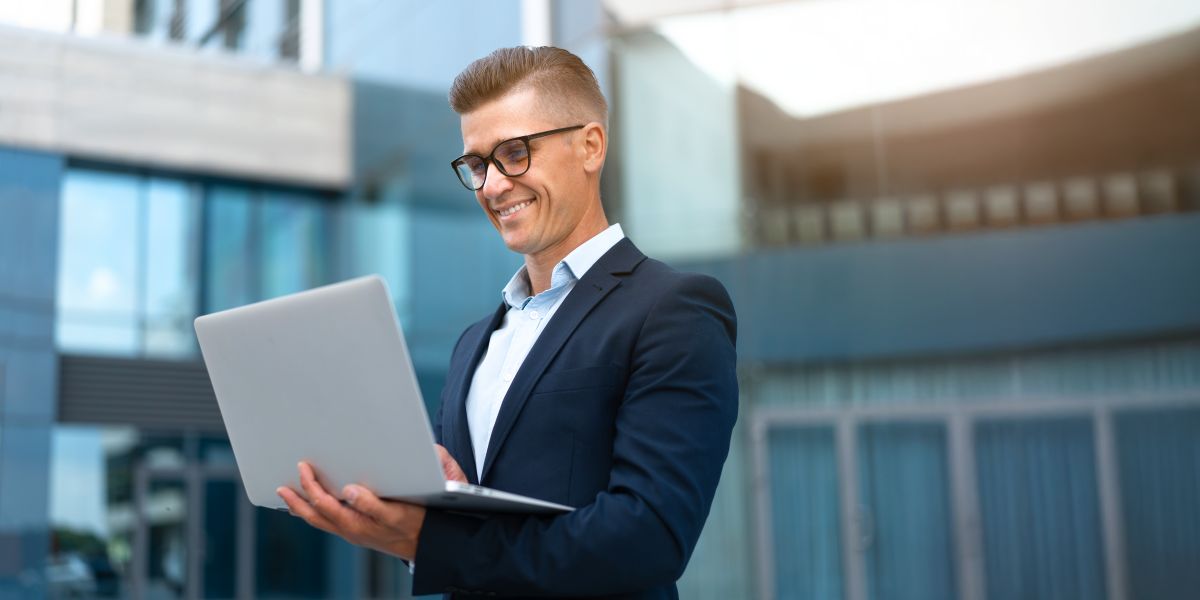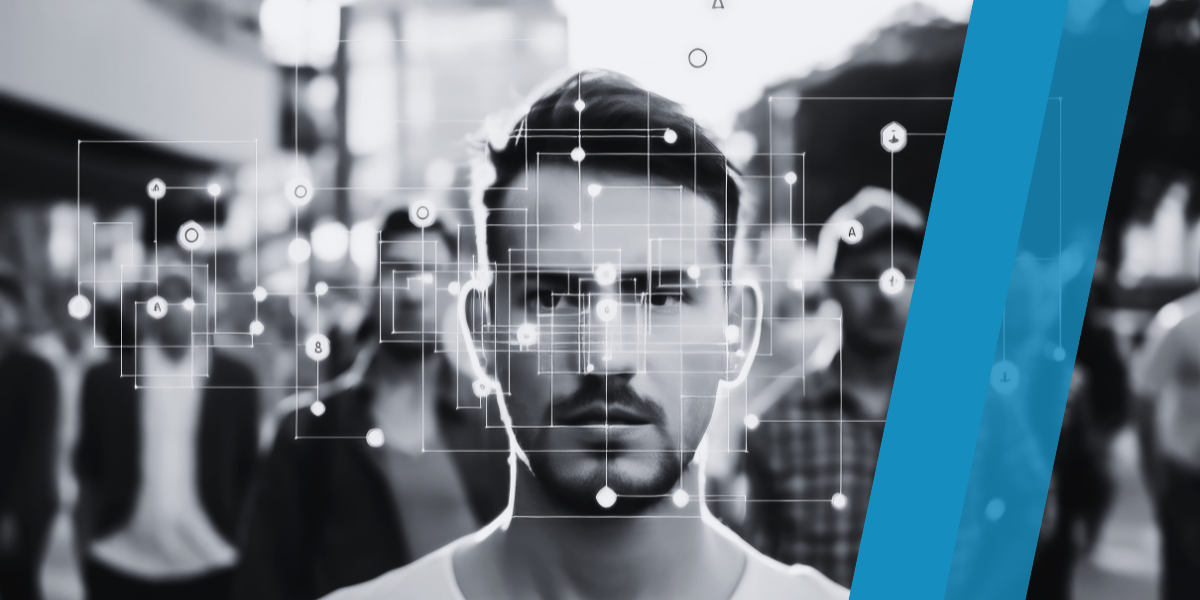As we move further into 2025, small and midsize businesses (SMBs) face an increasingly hostile digital landscape filled with SMB cybersecurity threats. While large corporations often grab headlines for data breaches, it is SMBs, especially those with fewer resources, that remain the most vulnerable. According to a 2024 report by Verizon, over 60% of cyberattacks now target small businesses.
Cybersecurity is no longer optional. Whether you are running a law firm in downtown Sioux Falls or managing a multi-site construction company, understanding the threats you are up against is essential for long-term success and protection.
1. Phishing as a Service
Phishing is no longer just some guy in a hoodie sending fake emails. In 2025, Phishing as a Service has matured into a full-scale business model available on the dark web. These platforms let attackers easily create sophisticated, automated phishing campaigns without needing technical skills.
These scams mimic Microsoft 365 logins, invoice requests, or password reset emails, tricking employees into revealing credentials or downloading malware.
What You Can Do:
- Use next-gen email security tools that flag impersonation attempts
- Provide regular phishing simulations and employee training
- Implement multi-factor authentication (MFA) across all critical systems
2. MFA Fatigue Attacks
While MFA is still critical, attackers have found a new way around it called MFA fatigue. This attack involves bombarding users with login notifications in hopes that they will approve one out of frustration or confusion.
Best Practices:
- Educate employees to never approve an MFA request they did not initiate
- Use more secure forms of MFA like authenticator apps or biometrics
- Consider conditional access policies that limit login attempts from unfamiliar locations or devices
3. AI-Generated Cyber Threats
Artificial Intelligence is not just being used by defenders. It is being used by attackers too. AI-generated malware, deepfake phishing videos, and even ChatGPT style scam emails are now hitting inboxes. In 2025, cybercriminals are using AI to:
- Write more convincing phishing content
- Mimic executive voices or faces in deepfake videos
- Exploit vulnerabilities faster than ever before
Your Countermeasures:
- AI-based threat detection and response tools
- Staff education about spotting deepfake content
- Tight access control policies and anomaly detection
4. Supply Chain Vulnerabilities
Your business could have the best protection, but if your vendors do not, you are still at risk. Recent attacks have infiltrated SMBs through vulnerable IT service providers, software vendors, or digital tools.
What You Should Do:
- Vet your vendors’ security standards
- Limit access to your network based on least privilege
- Monitor vendor activity within your systems
5. Insider Threats
Sometimes the threat is already inside. Whether it is a disgruntled employee or someone falling victim to social engineering, insider threats can be just as damaging as external ones.
Security Tips:
- Implement employee access controls
- Monitor unusual network activity
- Offer cybersecurity awareness training regularly
Why Sioux Falls Businesses Need to Take Action
The digital economy in South Dakota is growing, and local businesses, from nonprofits to manufacturers, are becoming high-value targets. Sioux Falls companies in particular are at risk if they rely on outdated tools or assume they are too small to be targeted.
That is why many businesses in Sioux Falls trust Workplace By Direct to protect their networks, train their staff, and stay ahead of emerging threats.
Final Thoughts
Cybersecurity threats in 2025 are evolving faster than ever. If you are a small or midsize business, the question is not if you will be targeted, it is when. From phishing as a service to AI-driven scams, staying informed and protected is non-negotiable.
If you are unsure about your current defenses, now is the time for a security audit. Reach out today and find out how Workplace I.T. Management helps Sioux Falls businesses stay one step ahead of cybercrime.












